Full name Paul Scott Runyan Other 8 Height 1.7 m Professional wins 37 Turned professional 1925 Role Golfer PGA tour wins 29 | Nationality United States Name Paul Runyan Former tours PGA TOUR Nickname Little Poison Weight 59 kg | |
 | ||
Born July 12, 1908Hot Springs, Arkansas ( 1908-07-12 ) Died March 17, 2002, Palm Springs, California, United States | ||
Masters Tournament 3rd/T3: 1934, 1942 | ||
Paul runyan the short way to lower scores 01 putting and chipping
Paul Scott Runyan (July 12, 1908 – March 17, 2002) was an American professional golfer. Among the world's best players in the mid-1930s, he won two PGA Championships, and is a member of the World Golf Hall of Fame. Runyan was also a golf instructor.
Contents
- Paul runyan the short way to lower scores 01 putting and chipping
- Scga hall of fame inductee paul runyan
- Early life
- Tour winner
- Master teacher
- Honors
- PGA Tour wins 29
- Other wins
- Senior wins
- Wins 2
- Results timeline
- Summary
- References
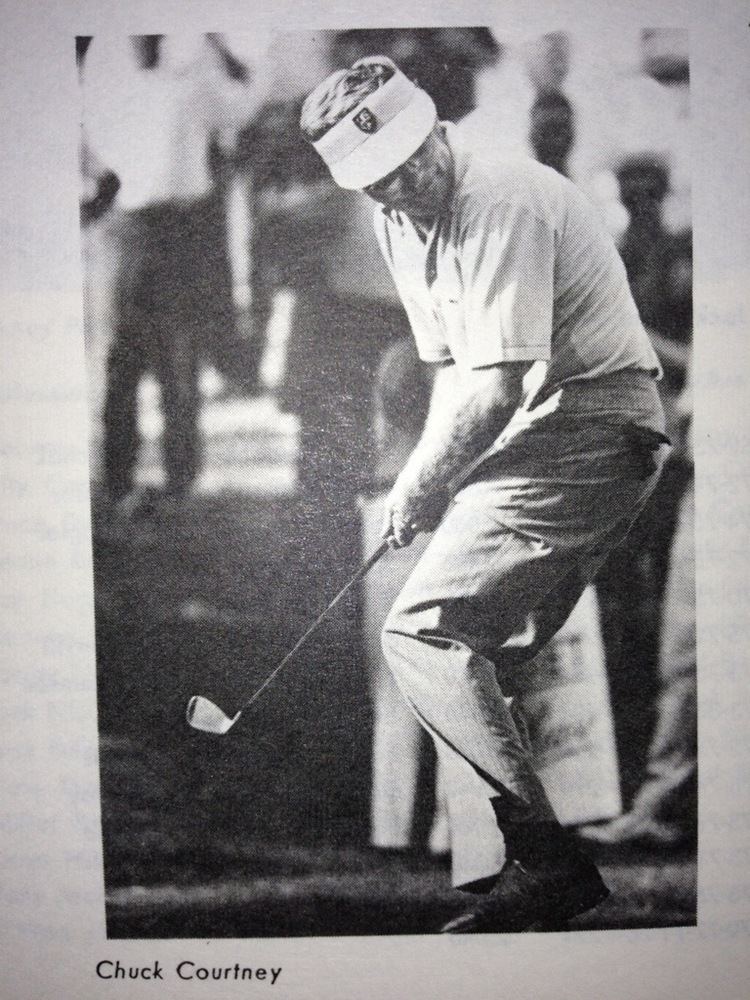
Scga hall of fame inductee paul runyan
Early life
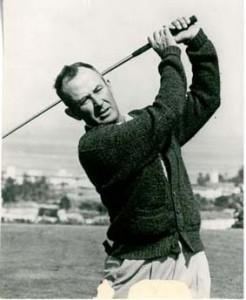
Born in Hot Springs, Arkansas, Runyan started out as a caddie and then an apprentice at a golf course in his hometown, before turning pro at age 17. He was head professional at a Little Rock club by age 18. Runyan served as head pro at Metropolis Country Club in White Plains, New York from 1931 to 1943 during which time he won both of his PGA championships.
Tour winner
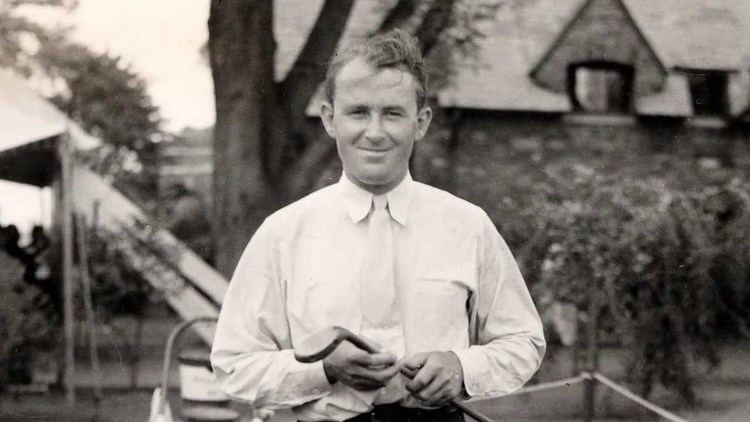
Three years later, Runyan defeated Wood in extra holes in the title match of the 1934 PGA Championship, the first of his two PGA Championships. Of Runyan's 29 career PGA Tour wins, 16 of them came in 1933 and 1934, and his nine wins in 1933 make him one of only seven golfers to win nine or more times in one year on the PGA Tour. In the first Masters Tournament in 1934, he was paired for the first 36 holes with tournament host Bobby Jones. Runyan won the tour money title in 1934, and was a member of the U.S. Ryder Cup team in 1933 and 1935.

Runyan was competitive for many years; he won the PGA Championship again in 1938 and led the U.S. Open after three rounds as late as 1951. In the finals of his 1938 PGA, Runyan defeated Sam Snead 8 and 7, the most lopsided title match ever in the event, conducted as match play through 1957. This was despite Snead's vastly greater length off the tee, as much as 75 yards (70 m) per hole.
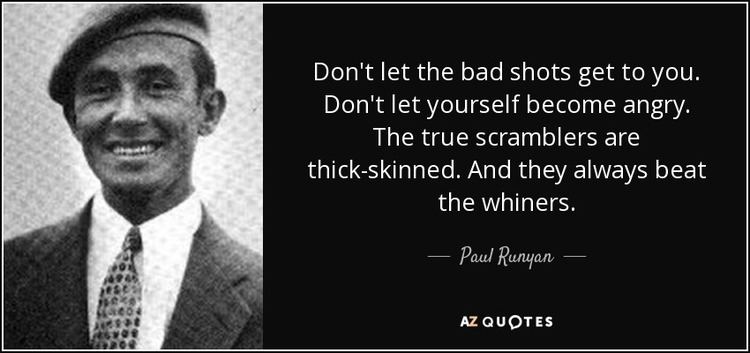
Fellow golfers nicknamed him "Little Poison" (a take on 1930s baseball player Lloyd Waner, who had the same nickname), primarily because he did not drive the ball very far, but also because he had a terrific short game. Runyan had worked tirelessly on his short game from boyhood, since he realized early on if he were to succeed in golf, he had to compensate for his lack of length. Runyan opined that he is the smallest player in golf history who had significant success, although Fred McLeod had a fine record, too, and stood only 5 ft 4 in (1.63 m) and weighed a paltry 108 lb (49 kg; 7.7 st).
Master teacher

Runyan's teaching prowess led many top pros to him over his 75 years of teaching, including Gene Littler, Phil Rodgers, Chuck Courtney, Frank Beard, Jim Ferree and Mickey Wright. Golf Magazine wrote: "... since the late 1930s, he has probably been the most influential short game instructor. Untold thousands have been taught his methods for putting and chipping." Runyan wrote an influential book outlining his short-game methods, The Short Way to Lower Scoring. In 2000, he astoundingly completed the annual Par 3 competition held one day before the Masters at the age of 91. He died in Palm Springs, California.
Honors
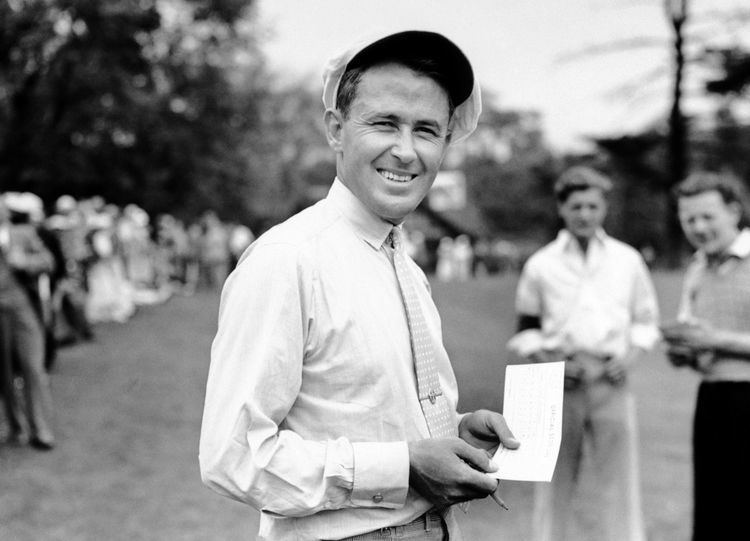
Runyan was inducted into the World Golf Hall of Fame in 1990. In addition, he is a member of the World Golf Teachers Hall of Fame and the Arkansas Hall of Fame. He received the Harvey Penick Lifetime Teaching Award and the PGA of America Distinguished Service Award.
PGA Tour wins (29)
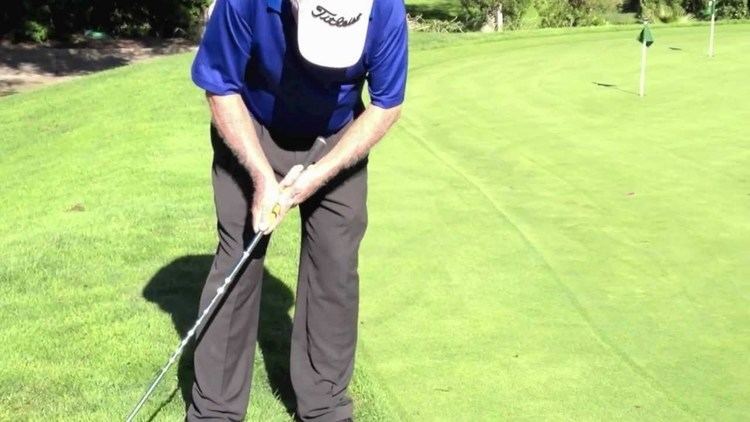
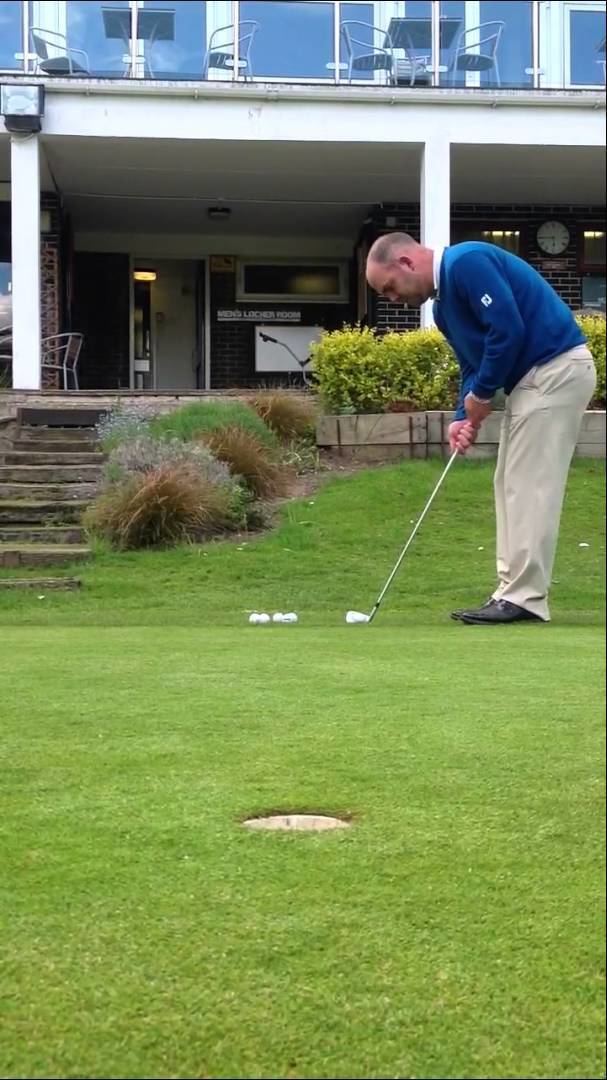
Major championships are shown in bold.
Other wins
this list is probably incomplete
Senior wins
Wins (2)
Note: The PGA Championship was match play through 1957
Results timeline
NYF = Tournament not yet founded
NT = No tournament
DNP = Did not play
WD = Withdrew
DQ = Disqualified
DNQ = Did not qualify for match play portion
CUT = missed the half-way cut
R64, R32, R16, QF, SF = Round in which player lost in PGA Championship match play
"T" indicates a tie for a place
Green background for wins. Yellow background for top-10.
